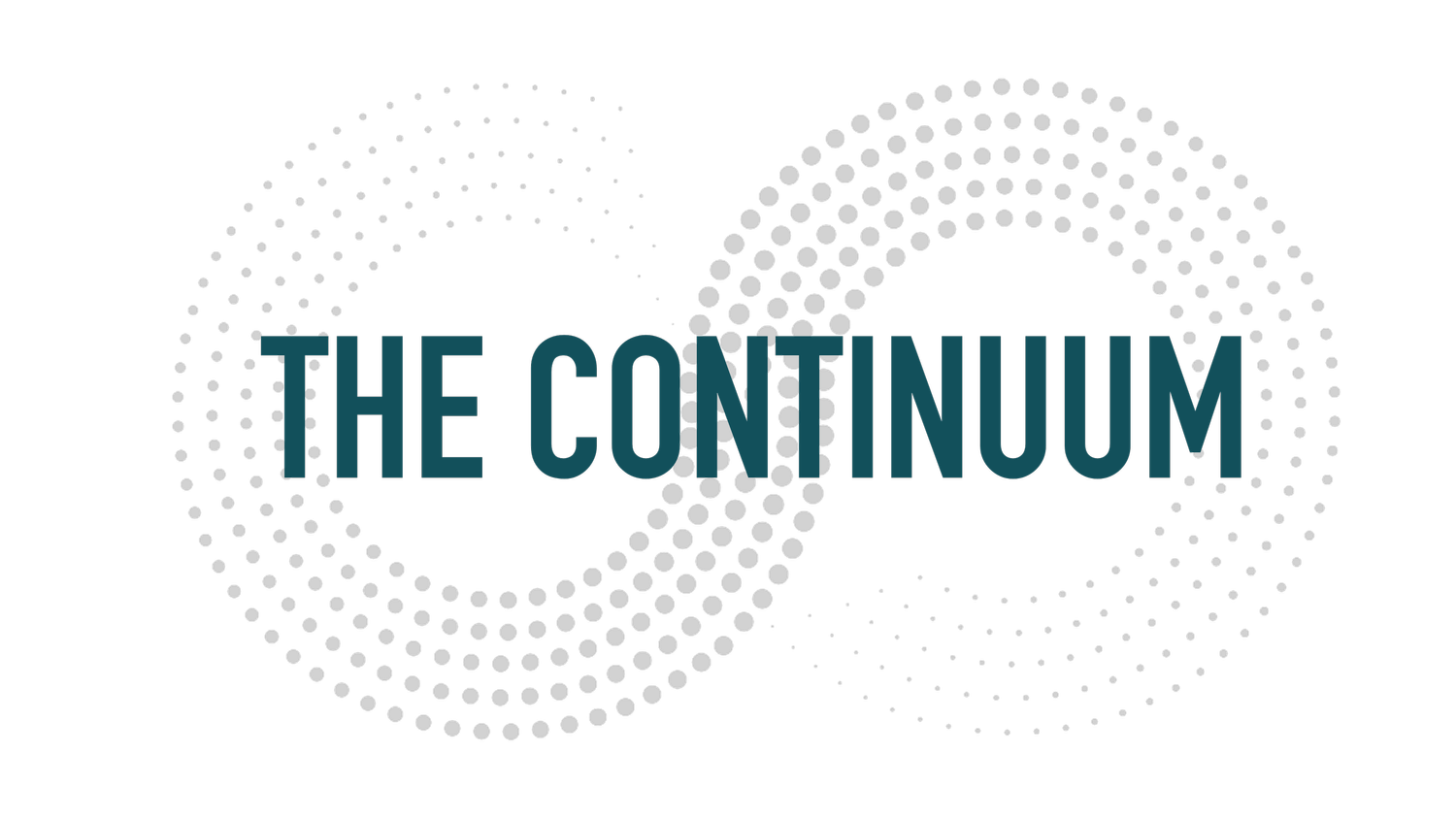Modern Orchestration
‘Vibe’ still matters more than velocity
From Ensemble to Empathy
This week I was swept into the sonorous arms of Vivaldi’s Four Seasons, performed by candlelight in a sacred space, no electronic amplification. Ten musicians. One lead violinist. No conductor.
And yet—it was exquisite.
The violinist didn’t just play; he orchestrated. A breath, a glance, a gentle sway of the bow. Each gesture tuned the ensemble. Precision without rigidity. Harmony without hierarchy. It was a living metaphor for what modern leadership demands today:
We’re in the age of modern orchestration.
Not command and control. Not brute broadcasting. But the ability to listen. To sense. To hold tension and release at just the right moment. This is what the best creative leaders do—not just manage systems, but conduct feeling.
The Vivaldi Principle
Why does Vivaldi still resonate?
Because he composed with nature as his co-author. The Four Seasons is more than music—it’s mood, it’s memory, it’s motion. It mirrors life, not logic.
He wasn’t building for algorithms. He was building for awe.
There’s a lesson in that for every CEO, founder, and brand leader trying to engineer meaning in a world obsessed with metrics: what endures is what moves us.
Everyone Has Tools. Not Everyone Has Taste.
I’m a classically trained designer. But I’m also a self-taught guitarist.
And that duality has shaped how I see creativity. Design taught me discipline. But music? Music taught me feel. I didn’t learn to read tabs. I learned to bend strings. I wasn’t chasing precision—I was chasing presence.
My music, my genre, my joy? It lives in the cracks. It’s dirty, unpredictable, unfinished. And that’s the point.
Because not everything great is built in a lab.
Some things are only found in a garage.
We talk a lot about “vibe” today—as if it’s an input for AI prompts. But vibe isn’t a shortcut. It’s an earned instinct. A rhythm you feel in your chest before it’s ever on the page.
And that’s the trap: mistaking tools for talent. Speed for soul. Access for authorship.
AI as Co-Pilot, Not Composer
AI now sits beside us like a turbocharged assistant. Idea to execution? Seconds. Campaigns rendered before your espresso cools.
But if 95% of what’s created becomes automated, as Sam Altman predicts, we risk entering an age of perfectly forgettable work.
Automation can scale.
But orchestration is what makes it sing.
The challenge isn’t creation anymore.
It’s curation.
It’s taste.
It’s knowing which note to leave out.
Lead Like a Violinist
The most powerful brands today don’t shout.
They entrain.
Like that violinist, great leaders today guide from within. They don’t bark orders. They shape energy. They create the conditions for others to show up, to riff, to harmonize.
Your brand is the ensemble.
Your channels are instruments.
Your AI stack is just the sheet music.
But none of that matters if the tone isn’t true.
From AI to Empathy
Automation gives us velocity.
Orchestration gives us vibe.
And in an age where everything feels optimized, vibe might be the last true differentiator. The thing that can’t be scraped, copied, or scaled.
Web3 gave us decentralization.
AI gives us acceleration.
But orchestration—the ability to hold space, set tempo, invite others in—is what gives us meaning.
Because the next big idea won’t be the fastest.
It’ll be the most felt.
So maybe that candlelit performance wasn’t just a concert.
Maybe it was a manifesto.
The future doesn’t need more content.
It needs more conductors—who don’t conduct.
More violinists—who listen.
More guitarists—who play with their eyes closed.
July 14, 2025
© 2025 The Continuum

